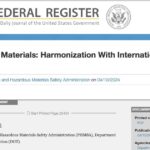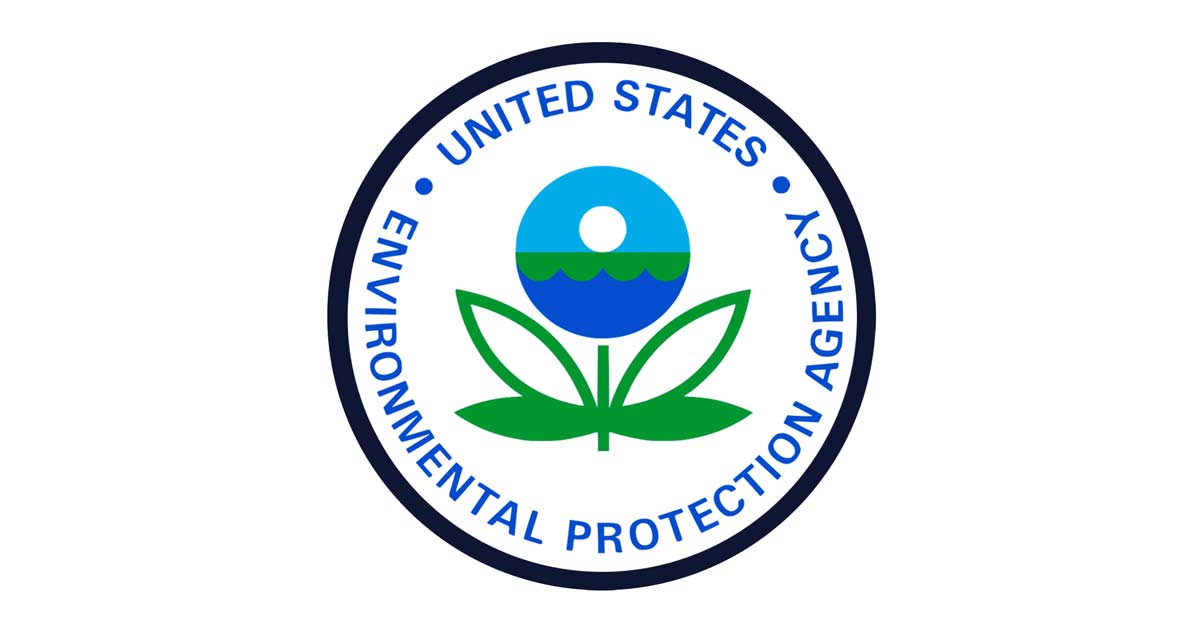The U.S. Department of Transportation’s Pipeline and Hazardous Materials Safety Administration (PHMSA) proposed a new rule in May to improve gas pipeline leak detection and repair. As directed by the bipartisan PIPES Act of 2020, the proposed rule would deploy pipeline workers across the country to keep more product in the pipe, and prevent dangerous accidents. These actions, if finalized, would boost efficiency, cut harmful pollution and waste, and create an estimated up to $2.3 billion annually in benefits.
The Notice of Proposed Rulemaking would enhance public safety and lower methane emissions and other air pollution from more than 2.7 million miles of gas transmission, distribution, and gathering pipelines; more than 400 underground natural gas storage facilities; and 165 liquefied natural gas facilities.
Also Read: 2 Tips to Ready Your Hazmat Team for a Big Pipeline Leak
The proposed rule will update decades-old federal leak detection and repair standards that rely solely on human senses. The new requirements would add an additional layer of safety by deploying commercially available, advanced technologies to find and fix leaks of methane and other flammable, toxic and corrosive gasses. These health and safety improvements will advance environmental justice in communities where gas pipeline infrastructure is disproportionately sited.
“Quick detection of methane leaks is an important way to keep communities safe and help curb climate change,” said U.S. Transportation Secretary Pete Buttigieg. “We are proposing a long-overdue modernization of the way we identify and fix methane leaks, thereby reducing emissions and strengthening protections for the American people.”
Fixing wasteful and dangerous pipeline leaks is a core part of the U.S. Methane Emissions Reduction Action Plan to cut energy waste and pollution, boost efficiency and create good-paying jobs. In 2030 alone, this rule has the potential to eliminate up to 1 million metric tons of methane emissions—equivalent to 25 million metric tons of carbon dioxide, or the emissions from 5.6 million gas-powered cars. Overall, the rule would reduce emissions from covered pipelines by up to 55%. The proposal requires pipeline operators to establish advanced leak detection programs aimed at detecting and repairing all gas leaks by:
- Strengthening leakage survey and patrolling requirements by increasing the frequency of surveys and requiring the use of commercially available, advanced leak detection technology—such as aerial or vehicle surveys, handheld detection devices, and continuous monitoring systems—with flexibility for operators to use a range of approaches to meet a minimum performance standard.
- Reducing the volume of gas released due to unintentional emissions like leaks and equipment failures and revising the reporting minimum threshold to detect smaller leaks sooner.
- Minimizing intentional releases, such as those caused by equipment venting or blowdowns, associated with pipeline maintenance, repair, and construction and encouraging operators to consider cost-effective equipment that can capture the methane for later use.
- Establishing explicit criteria and timeframes for the timely repair of all leaks that pose a risk to public safety or the environment.
“On a bipartisan basis, Congress came to the common-sense conclusion that it is finally time to deploy modern technologies to find and repair pipeline leaks to prevent waste of valuable products and protect people and the environment,” said PHMSA Deputy Administrator Tristan Brown. “This rule will deploy pipeline workers across the country to find and repair leaks that will improve safety for the public—and will ensure America continues to be the global leader in methane mitigation, which is one of the most potent greenhouse gases threatening the economy and our planet today.”
Section 113 of the bipartisan PIPES Act of 2020 mandated the issuance of a rule making requiring the development of advanced leak detection programs capable of identifying, locating, and categorizing natural gas leaks from pipeline infrastructure for timely repair. In June 2021, PHMSA issued guidance to gas and hazardous liquid pipeline operators that operators must update their operations and maintenance plans to minimize emissions, underscoring Congress’ new requirement in section 114 of the PIPES Act of 2020.
In 2022, PHMSA fanned out across the country to inspect operations and maintenance plans to ensure compliance. This proposed rule builds on these actions by indicating exactly what pipeline operators must do to comply once the rule is finalized in the coming months. The proposed rule has been transmitted to the Federal Register. A publication date will be provided when it becomes available along with an opportunity to provide public comment.
Original post – Copyright © 2023 HazmatNation.com. Externally linked references may hold their own independent copyright not assumed by HazmatNation











